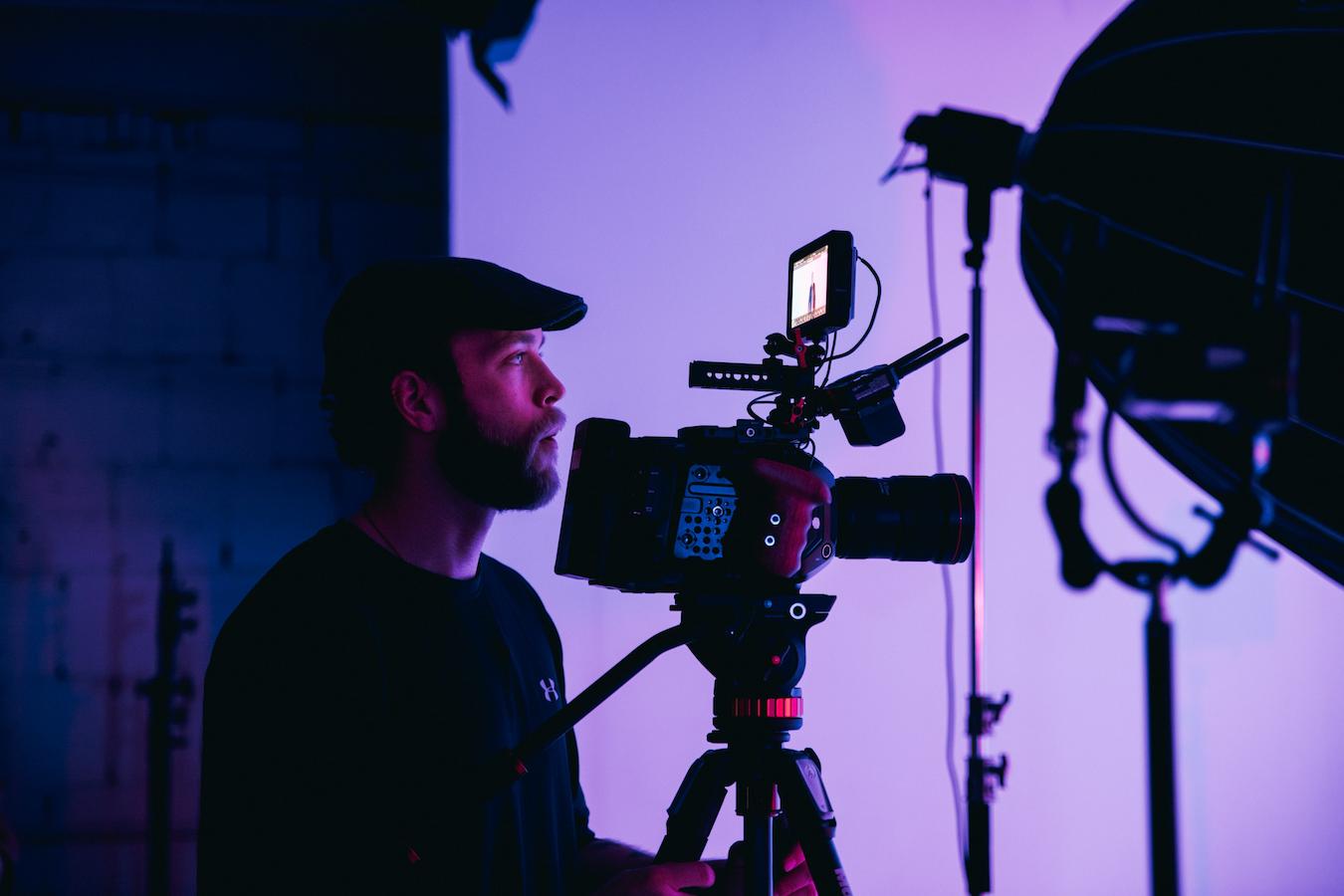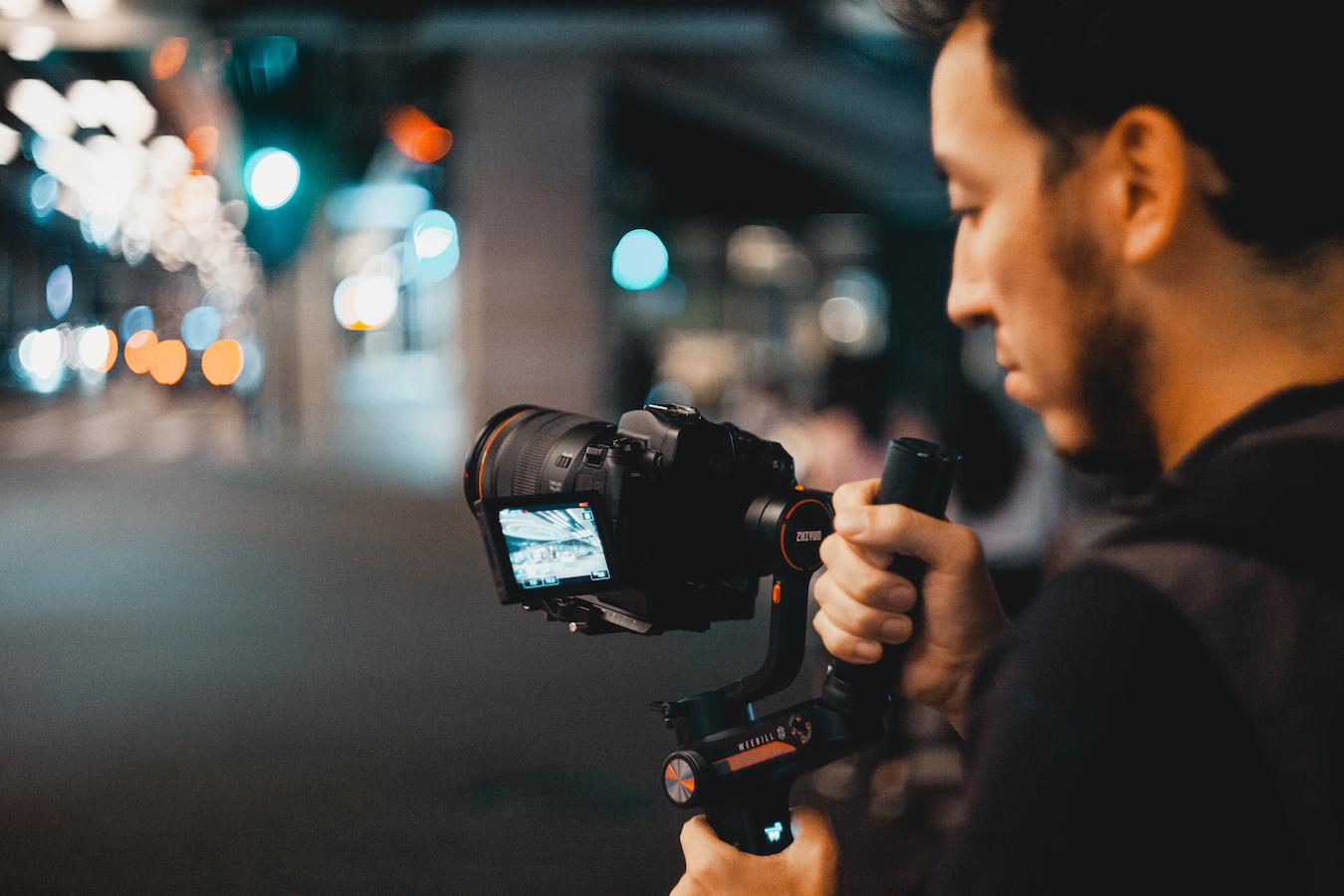You might not know it, but art directors are one of the strongest backbones of any production. When we go to the movies, we’ve learned to really only pay attention to the celebrity stars and directors.
But what about the art directors that made all of the visual aspects of the film come alive? Sometimes, the visual effects made are so seamless, you might not even notice them.
Other times, the visual style of a film is a massive undertaking you can’t help but praise. Either way, you have an art director to thank for both of these film experiences.
And let’s be honest. Who doesn’t love going to the movies for the sake of being immersed in an entirely different world?
So what does an art director actually do? And what does it take to become an art director?
If you’re asking yourself these questions and are interested in a career in art direction, then you’ve come to the right place. But first, let’s take a look at why art direction is so important in the first place.
See Related: What is Sound Editing in Film?
Core elements of art direction & production design
Art directors exist beyond the film industry and crop up in advertising, television, and graphic design. But what are the core elements that guide art direction and production design regardless of their respective companies?
Concept
Set designers will often work with directors on the overall concept, sometimes concepts, for the film. And this helps the project explore and ultimately center its artistic skills around a singular idea.
An art director is, first and foremost, responsible for thinking holistically. So, while details in costumes and props are important, the art director will head the entire job, blueprint and all.
Aesthetic
Sure, people like to look at pretty things, especially on video. But an art director is more focused on what’s interesting to look at on video.
There’s nothing worse than being bored at the movies. So if there’s a scene that needs a particular lift, the art director can focus their teams’ attention on the right ideas and design.
They may even accomplish this through CGI animation. But either way, their job is about setting up a pleasing aesthetic to view throughout the movie.
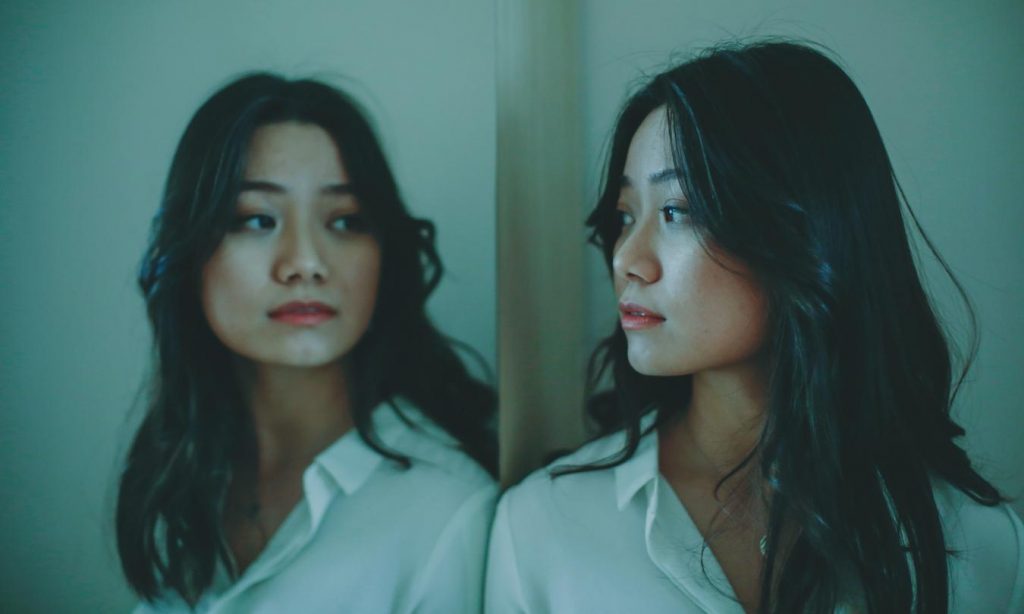
Mood
Color palettes are an amazing visual tool that the artists in the art department get to work with. Using color theory and color psychology, artists use their skills in each scene to reflect a different mood based on the movie and its artistic style.
You’ll actually find this a lot in advertising – like how the designers will create fast-food graphics meant to make you feel hungry. But for films, creative directors and designers will be focused on creating the mood and impacting the audience’s experience.
Theme
You know how movies look like movies, as in, they don’t look like a video you shot on your iPhone? Well, that magic lies in the hands of art directors and their ability to create a visual theme that lasts throughout the rest of the entire project.
The team in the art department might reuse a specific scouted location site, creating a recurrent theme throughout. Or, they’ll focus on the creation of graphic design to give their movie a particular edge.
Pre-production responsibilities
All art directors’ work begins in pre-production when they communicate with the director of the film. Together, they create an overall vision and creative concept for the job.
Then, it falls on the art director and production designer to make those visions work and come true. Specifically, the art director will:
#1. Oversee all concept art
All film art will need to go through the art director and production designer to ensure cohesion and creative excellence. This often falls to the artists on the team to visualize ideas for characters, site locations, sets, or costumes, whether it’s a stop motion animation film or a live-action adventure thriller.
#2. Supervise pre-visualizations
Once the overall design has been determined, artists across departments will start to manifest the art director’s vision. This may be through illustrations or animations of scenes that will ultimately act as a blueprint for the movie.
#3. Oversee three-dimensional models
Next, the art director will manage and oversee the construction of three-dimensional models. These models will act as the visual basis for characters or creatures on set.
Bonus: What Does a Film Distributor Do?
Production responsibilities
Once all film art has been determined in pre-production, art directors shift into a different role. Now, they are responsible for the coordination of crew members and the productions’ resources.
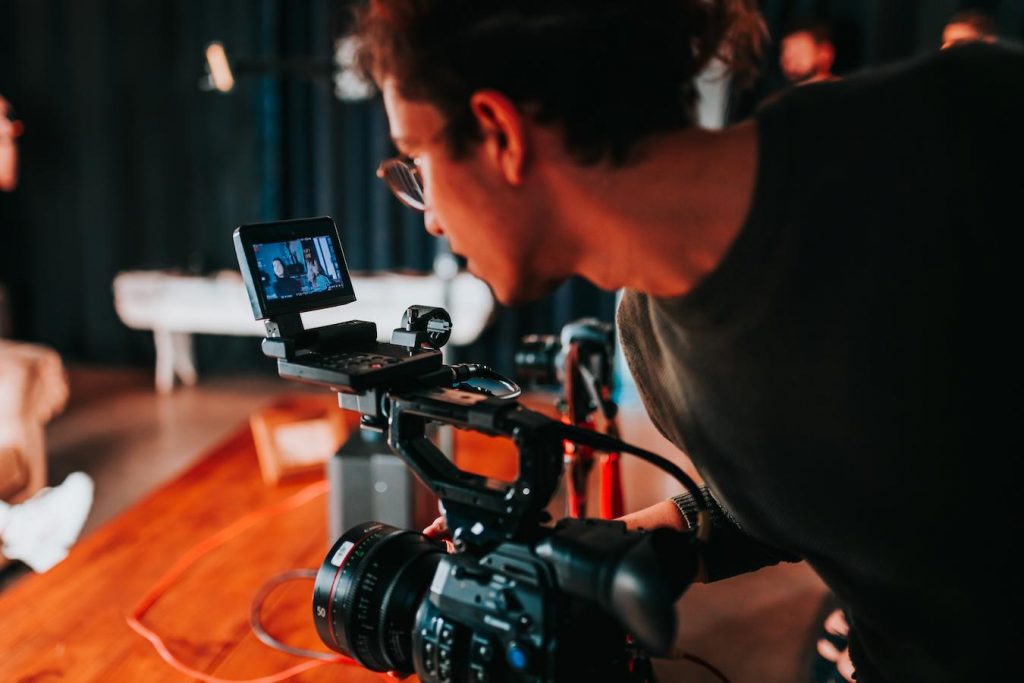
#1. Administrative post
There’s no question that visual aspects of a film take up a significant part of the budget. And that’s why art directors are put in charge of managing all of it.
On top of the budget, art directors also oversee scheduling and personnel projects. So whether in film or television productions, art directors tend to shift into more of a managerial type within the industry.
#2. On-site coordinator
The art department may have been a part of the pre-production process. But now, other departments, such as the photography department, will also be in need of guidance.
The art director steps into this position, coordinating all related aspects like costumes, transportation, and location. So, in effect, they’re in charge of a lot of peoples’ jobs. Even when the production shifts to a sound stage, the art director is right in the middle of it all.
#3. Creative head
Don’t think that all creative responsibilities are over with. An art director will also have to oversee project construction and the dressing of sets.
This is where the job returns back to the work done before production. And finally, an art director can see everything they worked to create come to life.
Become an art director
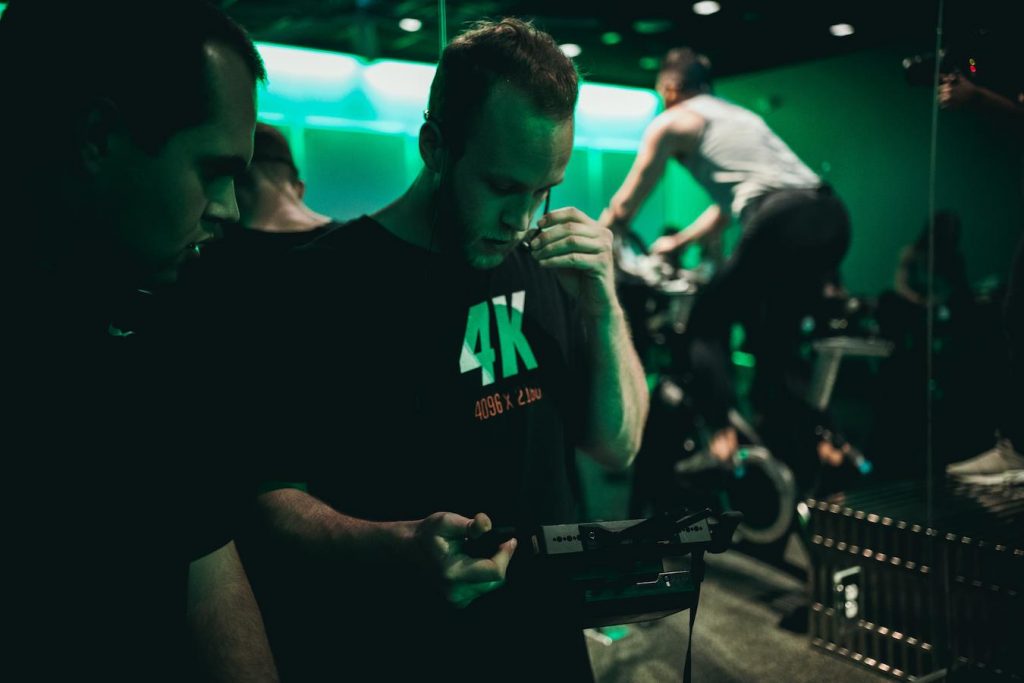
A career in art direction is no small or easy feat. Some get their knowledge and education from film school while others simply work for hire among the different jobs within the industry.
Either way, a career in art direction will certainly put both your creative and logistical brain to work. So get ready to blend the best of both worlds and create an entire universe in the process.
The work may be grueling at times. But the creative license you’ll have to make such visually appealing movies will be well worth the effort.
Keep Reading: How Does the Cinematographer Control Color in a Scene?
–
Mack Sennett Studios is a historic full-service photography and production studio, sound stage, and private event space in Silver Lake, serving as creative home to the Los Angeles cultural renaissance for the last 100 years. Check us out on Facebook, Twitter, Vimeo, Pinterest, Yelp and Instagram.


